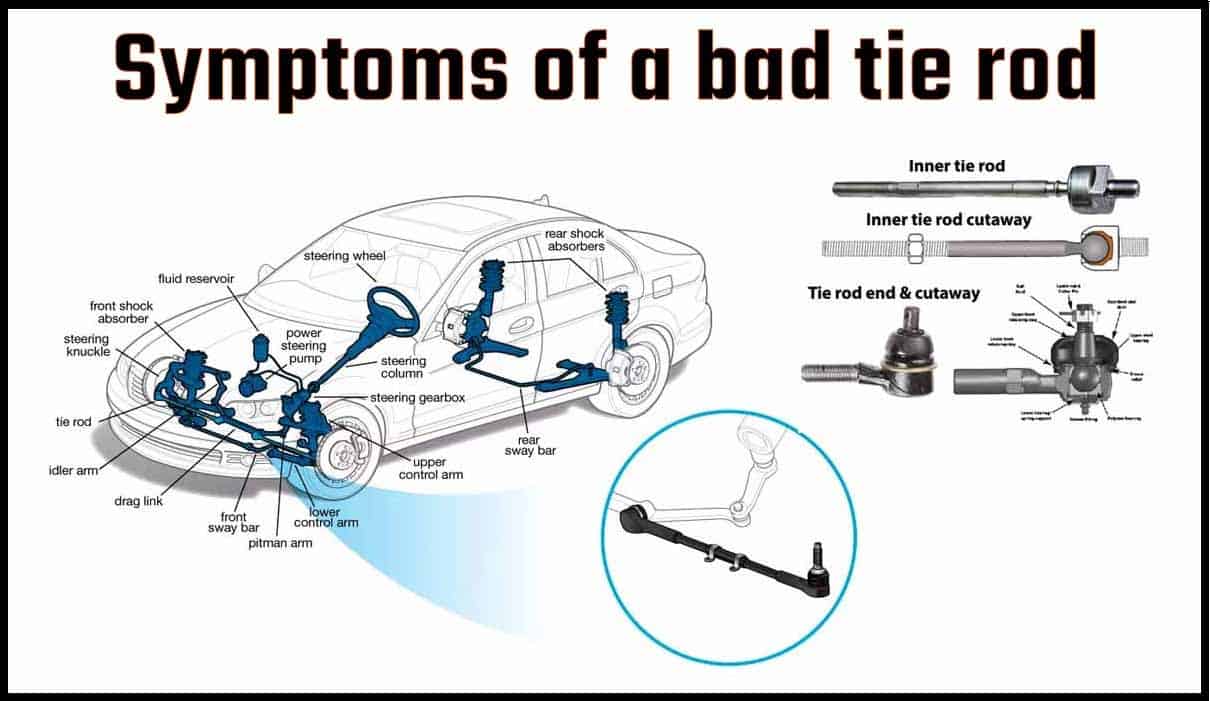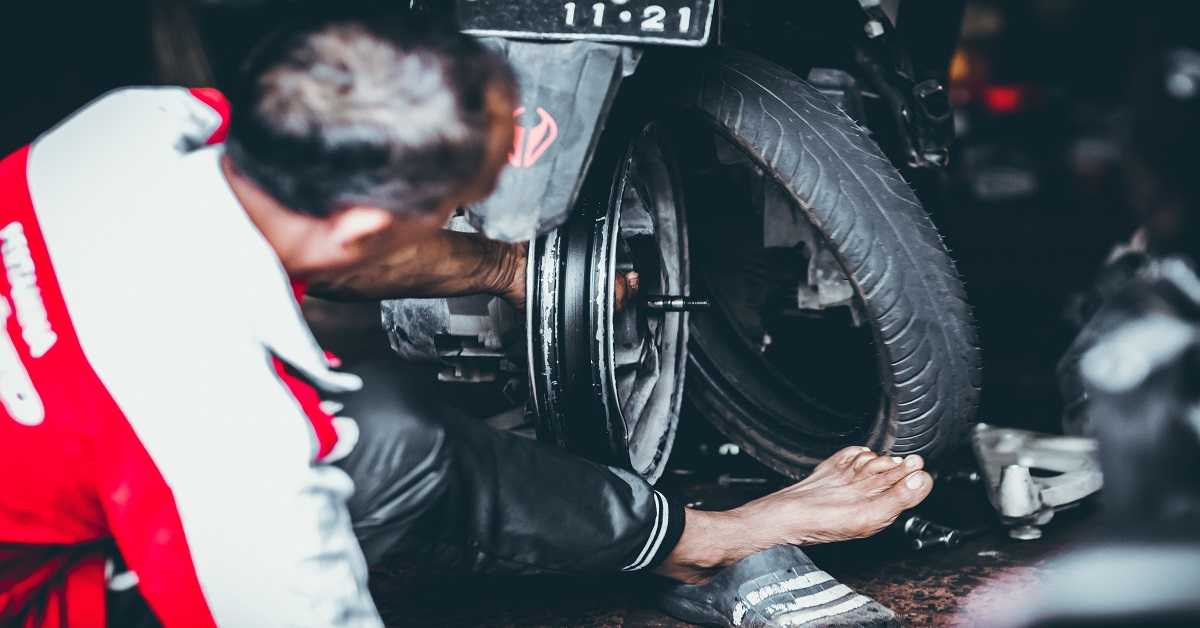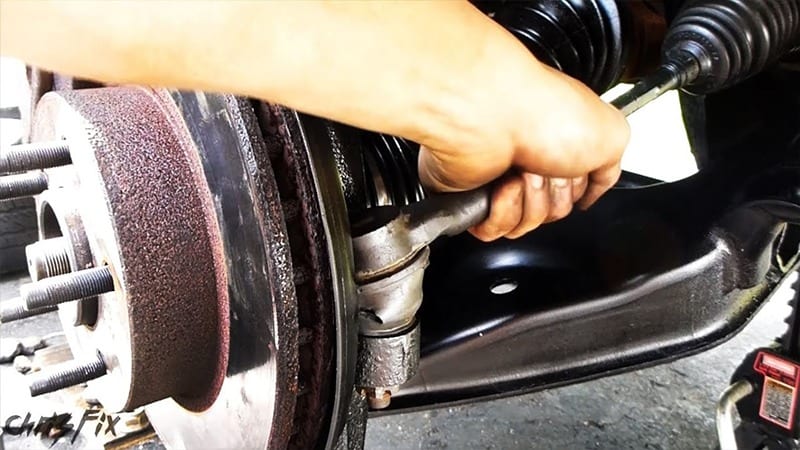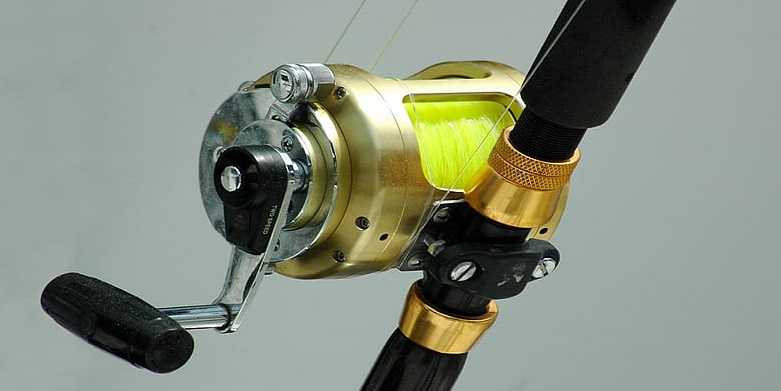A tie rod is a bar or a slender rod that performs the function of tying up any two separate parts, mostly in vehicles like your car.
Places you can tie rods are the steering wheel of your car, in steel structures like bridges, tanks towers, sometimes also in airplanes, in steam locomotives where it connects various controlling wheels.
What are Tie Rods?
In general, you will notice that tie rod are found in your car’s steering system. They form an essential part of your vehicle. They connect the steering gear to the ball-in-socket on the other end. This allows the vehicle to move on an uneven road and avoid any bumps or holes as the rod makes the tires move side to side and up and down. Today, the vehicles have an inner tie rod that is attached to the gear and an outer tie road that is attached to the steering wheel control. The length of the inner and outer tie rod is adjustable.

Symptoms of a bad tie rod
You will know, you need to get your tie rod replaced when your car starts to show you some symptoms. Notice your vehicle movements and you will be able to identify them.
1. Unstable Steering Wheel
When you notice that your steering wheel is a little out of control and that is shaky and unstable, you should consider checking the front region of your vehicle. The steering wheel may feel like it is not responding to your movements especially when you try to turn the wheels of the car.
2. Vibrations in your Car
As the tie rod will start to wear down, your car will start to vibrate. The wheels will start to go their own way and your ride will become bumpy. You will see that your car vibrates every time you change your speed or take turns.
3. Wearing down of your tires
When you see that ride is not even, you should check for the treads of the tires. If they are worn out, it might be a sign that your tie rod is bad. It could also mean that your car is out of alignment. But check for this symptom as well. Then, your alignment can also get checked.
4. Weird noises from tires
Sometimes your tires make strange noises or little thuds as you turn your car or you change your gear. Look out for these noises and when they happen, it might be a sign that you need to check things.

Tie Rod Types
There are two types of tie rods in our vehicle.
- Inner Tie Rod
- Outer Tie Rod
How do Tie Rods Wear out?
They wear out because of bad road conditions. If the road conditions are bad, there are many holes or bumps or uneven roads it puts excessive stress on the road and it wears out. They can also wear out due to normal wear and tear that will occur over the course of time. But, once it has gone bad, you should replace it as the vehicle becomes unsafe to drive.

Tie Road Ends
The ends actually make up the steering system. They attach the steering gear to the wheel and ensure that the rod is adjustable.
You will notice a bad tie rod end when the car ride becomes bumpy the wheels are uncontrolled. Similar symptoms as mentioned above.
Replacement of Rod
If you are not a car expert then it is advisable to get your car checked up professionally. When you push on the tie rod, you will notice it will slack and that is how you will know it needs to be replaced.
Another way could be, pull your vehicle up and remove the wheels of the car. If you notice any signs of excessive damage or tear, then it is obvious that you need to get it checked.
You will require a wrench that will look something like a circular tool to replace the inner tie rod and similar equipment will be used in the case of outer tie road. These are called the inner rod tool and the outer tie rod tool. It will help you to replace the inner tie rod ends and fix the steering rod.

Both of your tie rods might not need replacement at the same time, say our outer tie rod is in good condition but your inner tie rod is bad, so you might want to replace only one of them. But, most of the time both of the rods will need replacement as they will have a similar amount of damage. Also, it will save you future costs of getting the other one replaced.
The replacement will take about an hour and the cost will depend upon the type of vehicle and the parts that are damaged. On average it will take around 170 dollars to get this work done.
Also read: Top 14 Popular Automobile Companies in Pune
FAQ’s
What is a tie rod do?
A tie rod ties the steering gear and the steering wheel to ensure that the vehicle moves smoothly without any bumps. It helps in the movement of wheels, allows them to move left and right and up and down.
How to tell if a tie rod is bad?
You can tell a tie rod is bad when you notice certain symptoms in the vehicle. The car ride will become bumpy, the car will have weird noises and the tires will become uncontrollable. Look out for these symptoms and you will be able to discover if the rod is bad.
What is a tie rod end?
A rod end is a part of the steering system which attaches the gear to the wheel.
How to remove the inner tie rod without a tool?
You will first need to lift your car using a jack and jack stand. Then you need to loosen up the tires and locate the nuts of the wheels and carefully remove them. You will be able to locate the outer rod end and if you follow it along, you will be able to find the inner rod end. Then you will need to loosen the nuts of the previous rod and replace it with the new one.




